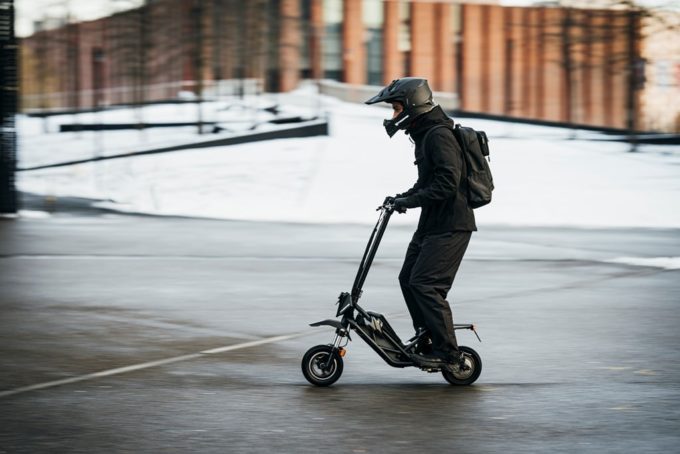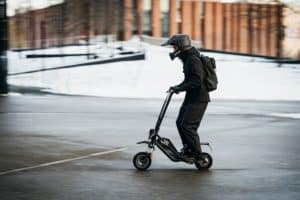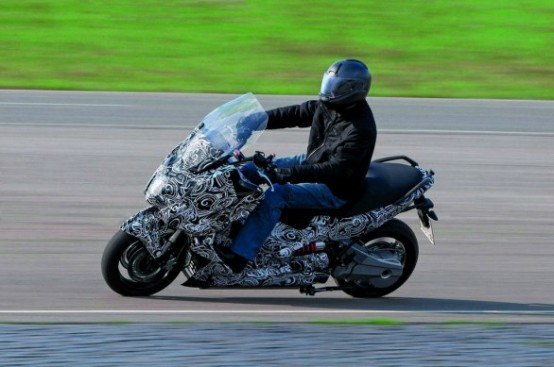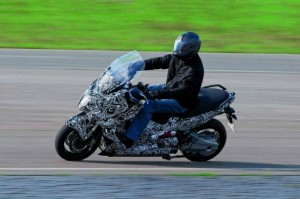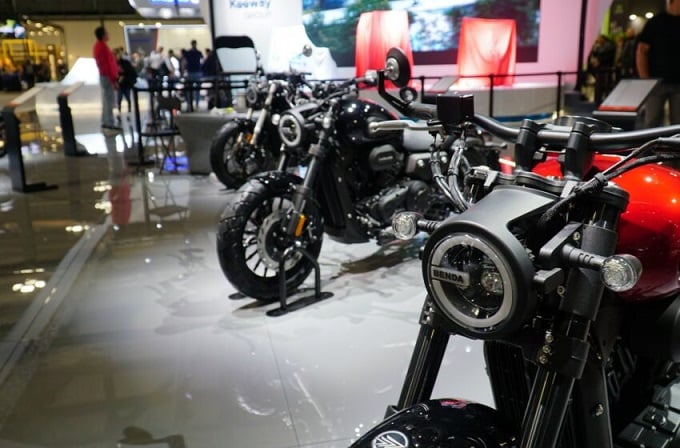Micromobility and electric scooters: an increasingly large and widespread presence
A picture of the phenomenon
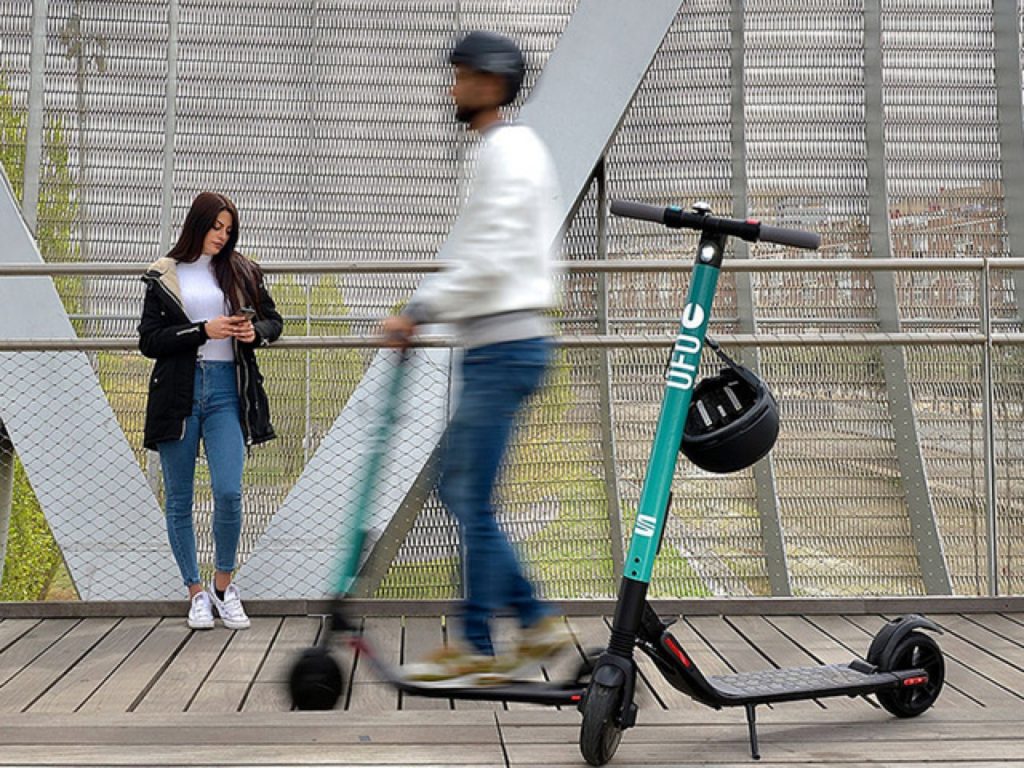
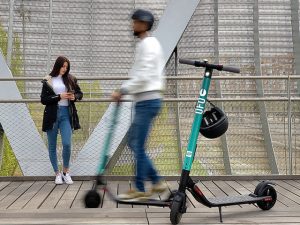
For a few months they have also been noticed in Italy, but electric scooters also commonly known as e-scooter, are already present and quite widespread in other international contexts. From the United States to most European contexts. A presence also linked to regulations.
An international phenomenon
Il Volkswagen Group proposes a synthesis of services and presence of these means in various contexts around the world. For example in United States are present and employed in addition 20 states e 30 city. A diffusion which, as happened with the most common skateboards and dune buggy vehicles, began from California. In Golden State various and numerous sharing services also appear, although in some cities a limit on the number of vehicles in circulation has been agreed upon and, where it is not possible to use them, a geofencing system disables the scooters themselves. There is then the risk of possible seizure if reports of improper parking are received and the issue is not resolved within a short time.
In Israel the climate and the type of territory offer interesting reasons for the use of these scooters, especially when public transport remains stationary during public holidays on Saturdays, as reported.
Moving then into different realities of Old World, Warsaw e Wroclawin Poland, sharing services already appear. The first in the country. So in Sweden, one of the most dedicated to supporting innovative mobility systems. The local company VOI provides service from Stockholm, Goteborg e Malmo, later establishing itself in other areas of the continent. In Britain at the moment there is an operator who is testing the service at London Olympic Park, to check for possible expansion. For now it is possible to travel in primate areas, according to the indications.
The situation is different France, in particular a Paris, one of the first metropolises in Europe to have given space to electric scooters, defined here as "trottinettes". There are numerous purchases among private individuals (a number exceeding the 200.000 recorded last year), based on what has been indicated.
Il German government regulated the use of e-scooter after an experimental phase, allowing circulation on roads and cycle paths, but not on pavements. TO Berlin the first sharing activities came to life. You can ride an electric scooter come on 14 years, lights are mandatory, while helmets are recommended. The maximum power is 500 watts,, reaching a maximum of i 20 km/h.
Then to Brussels there are six sharing service operators, with regulation since last February. While there are five companies with the formula “free floating” located in Viennain Austria. It is possible to circulate in defined areas and, in the case of exceeding the limit, a sound signals the trespassing and is interrupted only when returning to the area designated for circulation.
Landing in Spain, the practice of sharing is already active a Madrid and Malaga. The brand SEAT, for example, collaborates strategically with the start-up UFO in the Spanish capital and figures well 530 eXS Kickscooter, made in collaboration with Segway. On the e-scooter a MadridHowever, it is not possible to circulate in pedestrian areas or on roads whose speed limit exceeds 50 km/h, as indicated. So in Portugal, with the arrival of scooters last year, thanks to a Californian company. They are present at Lisbon approximately 500 vehicles prepared for sharing.
Infine in Switzerland an operator has withdrawn its fleet of scooters after several accidents, but in any case both in the private sector and also in rental activities, the so-called “e-Trottis” remain widespread. They are mostly circulating in the cities of Basel e Zurich, as reported.
Sharing circulation
This type of alternative mobility or urban micromobility would therefore represent a further and progressive evolution of one of man's innate needs: to move. E-scooters appear to be a revisitation of an already known vehicle, but enhanced by electric drive, which can guarantee an average about 20 kilometers traveling up to 20 km/h. The use of a helmet is recommended, but not mandatory until now and, considering the aforementioned sharing services, the vehicles are recharged at night to then be operational during daylight hours. In some cases, through tariff bonuses, some companies allow the users themselves to carry out the operation. Start-ups and companies operating in this sector are different, such as the ones mentioned eXS scooter di SEAT in partnership with Segway. Even the same Volkswagen is concerned with the proposed introduction of cityskater, then there are also well-known faces from world sport such as Usian Bolt And the society Bolt Mobility or the world champion driver in Formula 1, Nico Rosberg, shareholder of Tier Mobility, always repeating what has been reported.
The system “free floating” (free flow) characterizes sharing services, allowing users to conveniently take and return the vehicle. Through an application and a system GPS you identify thee-scooter, scanning the relevant QR code to unlock the vehicle and after a push animate the electric motor, urging it by pressing a lever on the handlebars, usually. Payment occurs at the end of use via the app, linked to the user's credit card. Rates are on average low, according to estimates.
Photo: Volkswagen AG
if you want to always be updated on our news
Follow us here



